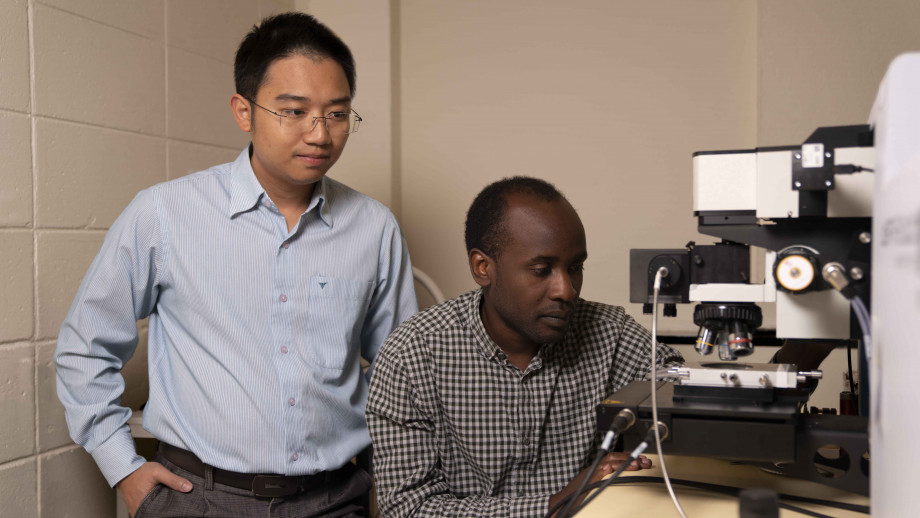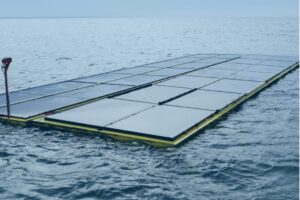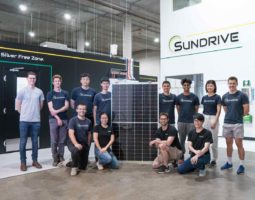A simple twist to some of the world’s thinnest materials could be the key to the creation of a new range of flexible and lightweight solar cells, a group of Australian researchers has found.
The research, published in the journal Cell Reports Physical Science, has been undertaken by engineers from the Australian National University and explored the behaviour of super thin materials, just two atoms thick.
They found that these materials had significant potential to help control a wide range of technologies, including LED lights, sensors and solar cells.
In the paper, the researchers detail how ‘twisting’ the angle between two materials has the ability to change their behaviour – including being able to control their ability to convert sunlight to electricity.
“This study essentially provides a bit of a how-to guide for engineers,” the lead author of the report, Mike Tebyetekerwa, said. “We’re looking at 2D materials that have just two atom-thin layers stacked together.”
“This unique structure and large surface area make them efficient at transferring and converting energy.”
The materials are so thin, 100,000 times thinner than a sheet of paper, that they are described as “2D” materials. But the researchers say their potential is substantial, and when multiple layers work together, they have the ability to produce useful amounts of electric current when exposed to light.
Co-author of the study, Dr Hieu Nguyen, said that by matching appropriate super-thin materials together, their behaviour could be tuned, making them suitable for use in a range of emerging technologies.
“It’s an exciting new field. Simply twisting the two ultrathin layers can dramatically change the way they work,” Dr Nguyen said.
“The key is to carefully select the matching pair and stack them in a particular way.”
The research team has produced earlier findings that quantified the potential for the nanoscale materials to provide a useable supply of electricity, finding that they could provide comparable voltages to other conventional solar cell technologies.
“These monolayers are hundreds of thousands times thinner than a human hair. If they were coated on your car windows, cell phone screen, or even your watch, you would barely see them,” Dr Nguyen said at the time. “One day a car window or a cell phone screen could harvest sunlight to help power itself.”
“This is important as it gives scientists a target to work towards in terms of electrical output. We cross-validated our calculations using other bulk semiconductor materials. It is exciting that something almost invisible to the naked eye can still absorb sunlight and efficiently convert it into electricity,” Dr Nguyen added.










